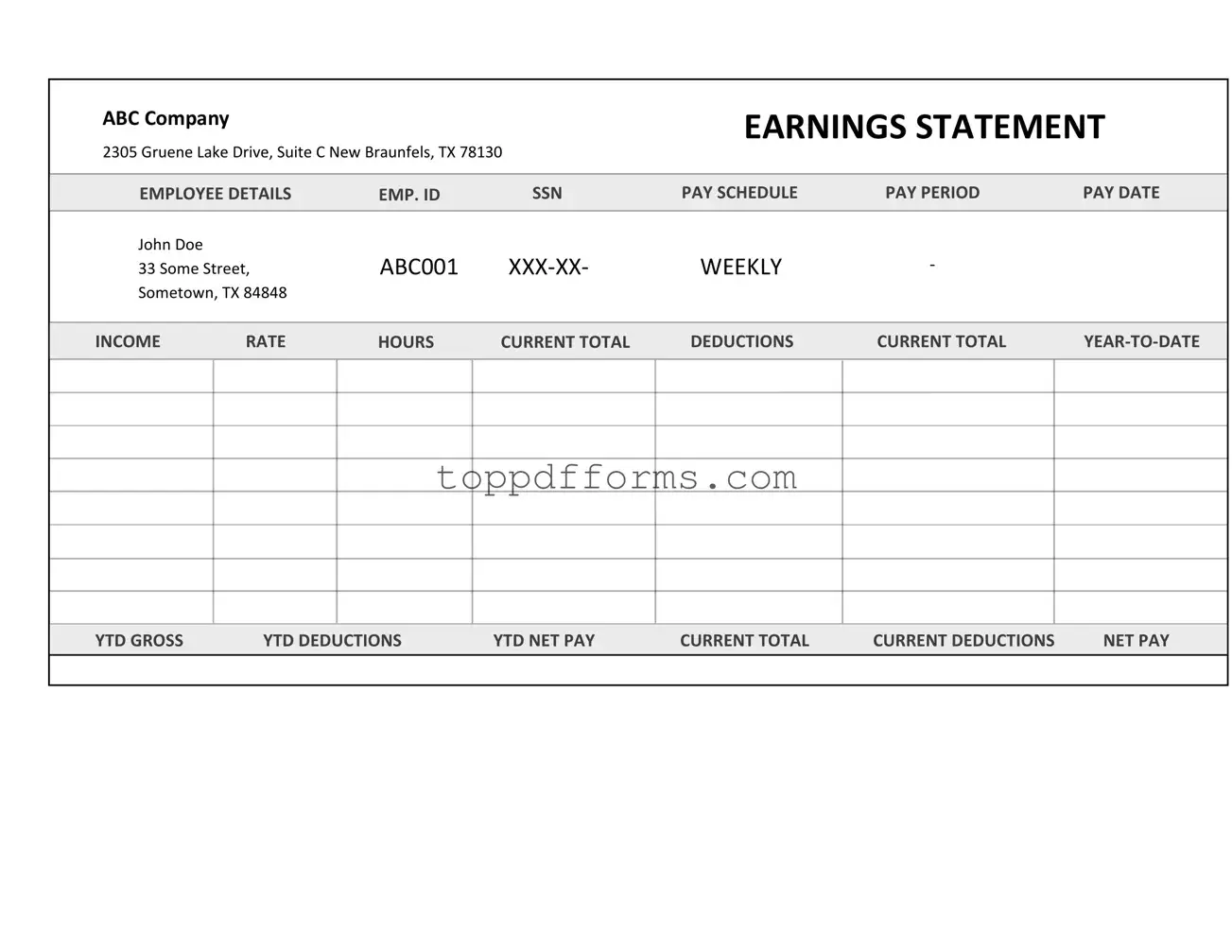What is an Independent Contractor Pay Stub form?
The Independent Contractor Pay Stub form is a document that outlines the earnings and deductions for individuals who work as independent contractors. Unlike traditional employees, independent contractors are typically responsible for their own taxes and benefits. This pay stub provides a clear breakdown of the payments received, ensuring transparency in financial transactions. It serves as a vital record for both the contractor and the hiring entity, helping to maintain accurate financial records.
Why is it important for independent contractors to use a pay stub?
Using a pay stub is crucial for independent contractors for several reasons. First, it helps in tracking income, which is essential for budgeting and financial planning. Second, it aids in tax preparation. Independent contractors must report their earnings accurately to the IRS, and a pay stub provides a detailed account of income received. Additionally, having a pay stub can be beneficial when applying for loans or mortgages, as it serves as proof of income.
What information should be included on an Independent Contractor Pay Stub?
An effective Independent Contractor Pay Stub should include several key pieces of information. This typically encompasses the contractor's name, the name of the hiring entity, the payment period, and the total amount earned. It should also detail any deductions, such as taxes or fees, if applicable. Including the contractor's identification number can further enhance the document's credibility. By having all this information, both parties can ensure clarity and avoid misunderstandings.
How can independent contractors obtain a Pay Stub form?
Independent contractors can obtain a Pay Stub form through various means. Many online templates are available for free or for purchase, allowing customization to fit specific needs. Additionally, accounting software often includes features to generate pay stubs automatically. Contractors may also consult with their hiring entities, as some companies provide standardized forms for their contractors. It’s essential to ensure that the chosen form complies with any relevant state or federal regulations.
